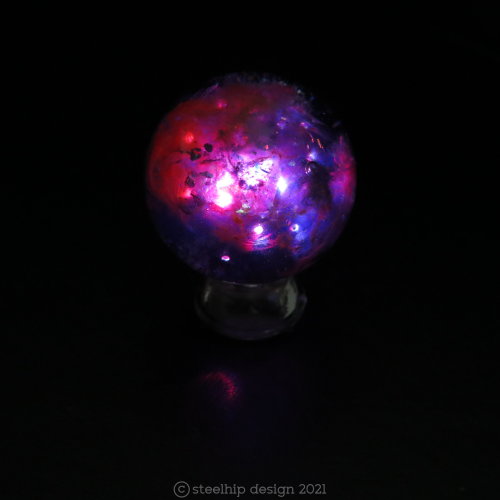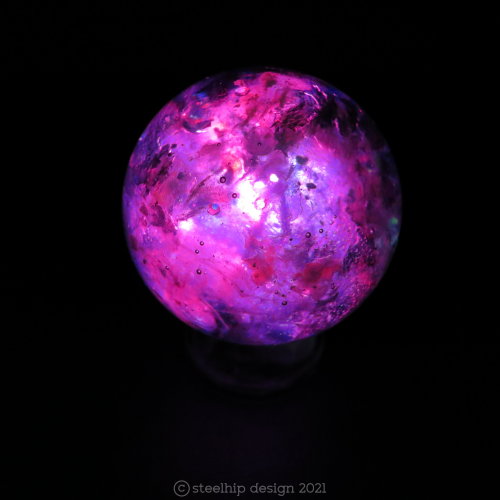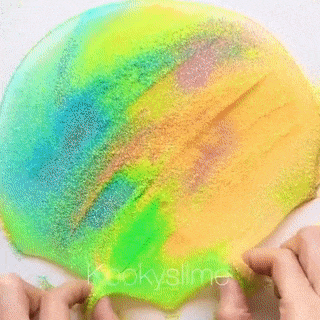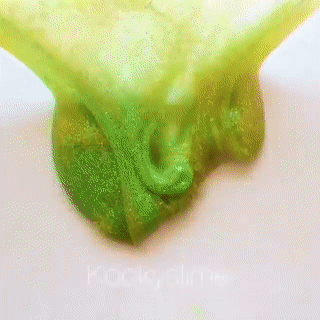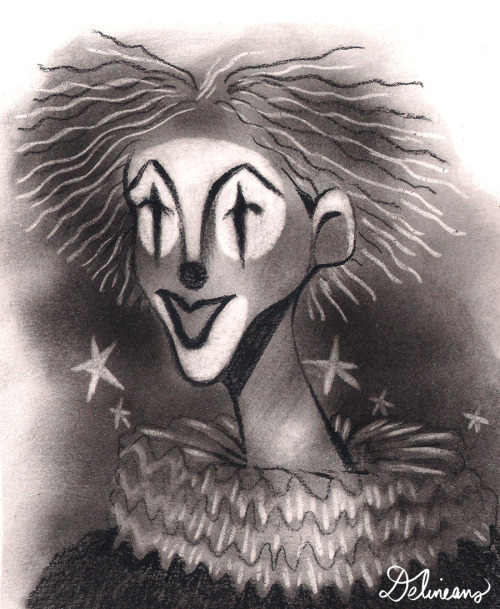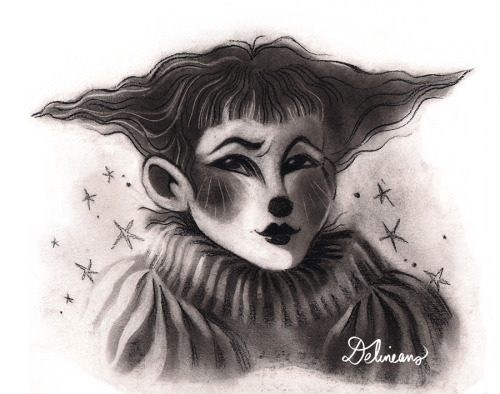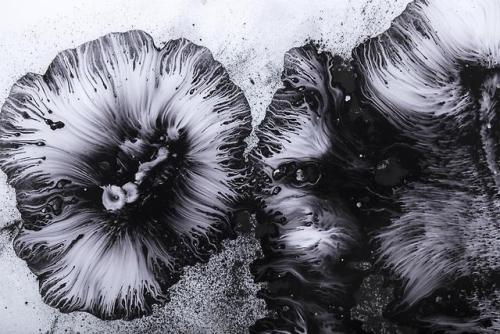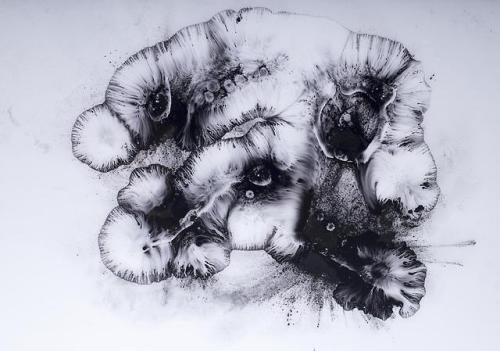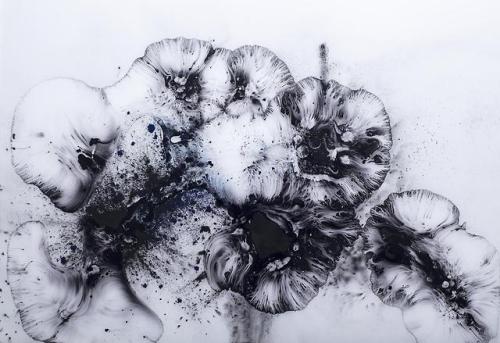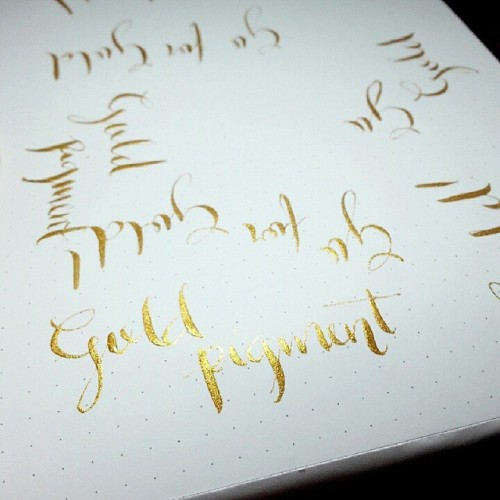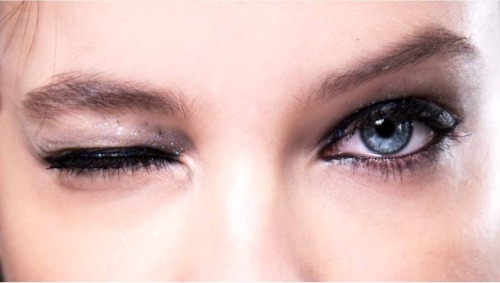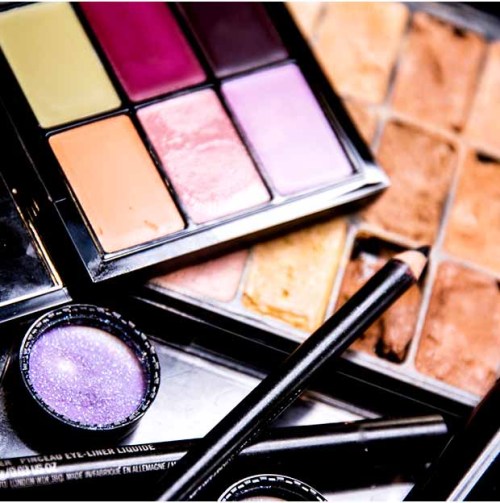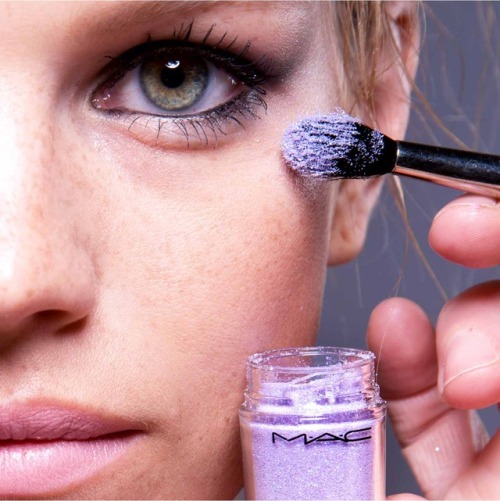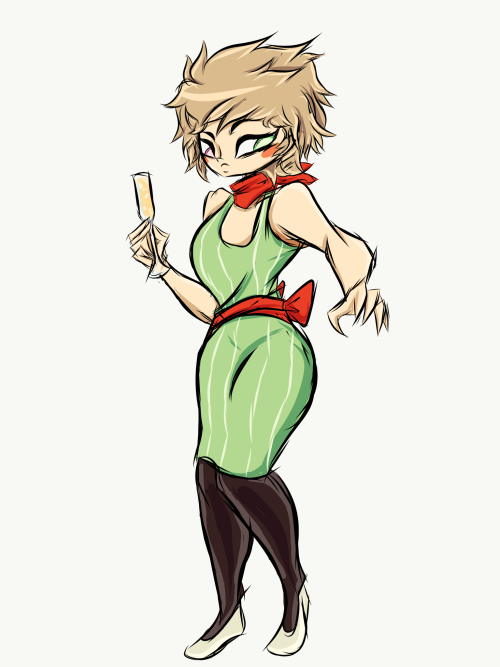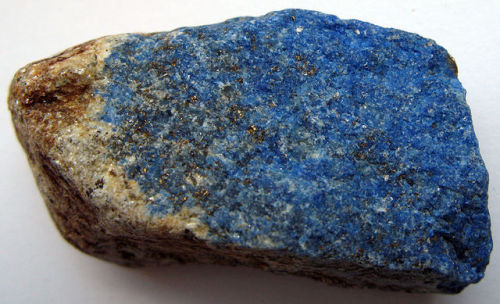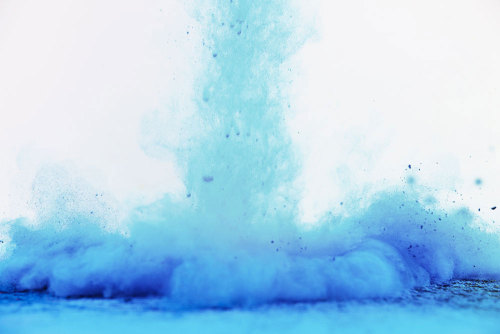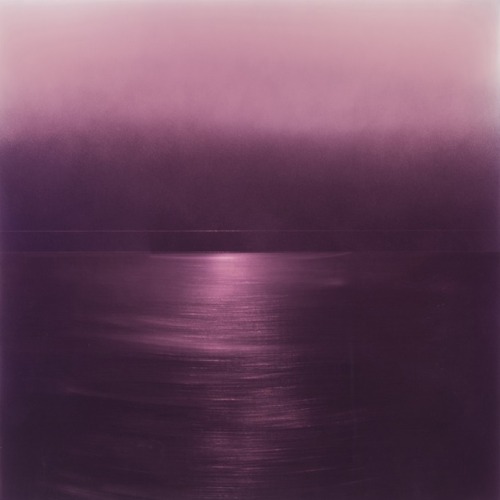#pigment
So I’ve been seduced by resin and watching far too many space videos and Hubble images of nebula. I already love using light in my work so I wanted to produce something that looked like a cloud of gas creating new stars within. A star nursery. It’s taken me months of trial and error.
At first glance it may seem like I’ve just dumped a ton of glitter and pigment powder into resin and given it a stir. I wish it was that easy. These have to be made in layers but hard level lines look artificial. So I swish and swirl the resin around until it cures chaotically adding tiny amounts of powder and glitter teasing out tendrils of colour and flashes of iridescence. I use a flattened toothpicks for the job.
The next step was creating the look of stars forming within the cloud. Enter fibre optics. I cut and bundle the strands sealing them together with resin. I then bend them out into all directions. Finally I cut them down to fit into the mold. At some point I insert them into the resin being careful to set the main bunch into the central point of the mold. In some designs the threads are obvious - in others I’ve hidden the bunch using dark pigments.
At this point I have a sphere of resin with a fiber optic “stalk” sticking out. I paint the last layer black and wait for it to dry. I then cut down the stalk and drill it down flush to the resin. The light is produced by a tiny LED widget. Some pieces have static white light that I’ve dyed. In others I’ve used a rotating RGB colour LEDs. I seal the end and set it in another layer of resin. Fortunately they have a handy ring that also makes it easy to turn on and off with a simple twist. It takes three LR621 batteries equivalent to 364, AG1, SR621SW.
I’ve had trouble uploading the videos so I’ll re-shoot tonight for an acceptable file size and format for Tumblr. Unfortunately trying to photograph these spheres is very difficult. They are glass and very shiny. You can’t see the depth and complexity in a photo. Maybe I need a new camera with a good macro setting.
It’s terrifying releasing a new product so different from my normal work. Are these steampunk? Not really but I hope my work transcends a genre. I want to take light from tacky novelty jewellery into an art product for adults to wear that will amaze and wonder. That is my goal with these. I’ve made several of them so they will dominate my feed in the next weeks. I hope you don’t get sick of seeing them. It’s fantastic using colour again but it’s been a serious financial investment in resin, pigments, equipment, exotic glitters/sequins/foils, molds and LED lights. Some I had to buy in serious bulk. It’s impossible to calculate the hours I’ve spent creating and perfecting these.
I’ve used three different width sizes: 20mm (0.86in), 25mm (1in) and 30mm (1.2in). I haven’t put a chain on some of them. I will give options in type of chain or cord and drop length to buyers. Some may prefer no chain. I’m also thinking about creating a stand turning it into a unique ornament when not being worn. I’m also hoping, as my technique improves, to replicate specific nebula like the famous “Pillars of Creation” image captured by Hubble.
Some may not see any “space” reference. Friends have called certain pieces “an ice cave”, “underwater scene” and “storm clouds with lightening”.
They will be available soon in my Etsy shop. Depending on the covid situation I’m hoping the big music festivals in spring and summer will be happening. It would be the perfect accessory for those day/night events.
Post link
(front)Monochrome Red-40 Mountain
100 lbs of XXtra Hot Cheetos, 36 Tiles on a 30'x30’ gold reflective floor
(Video installed on wall) Eternal Flam(Ing) Hot Cheeto
Post link
First attempt to control black pigment powder. Verdict : much fun, and much clowns.
Happy (late) Halloween !
Post link
Les Fleurs du mal / homage to Charles Baudelaire / series /
work by J.D Doria / Photography Shaw Gadi Raz / 2017
Post link
“Paint Box,” Egypt, 1302–1070 BCE,
Ceramic and pigment cakes,
2 5/16 x 8 11/16 x 2 3/16 inches,
Courtesy RISD Museum
Post link
A mix of Gum Arabic and Gold Pearl pigment = Super Pretty Gold ink for meeeee! I know my mix is kinda watery i dont have a specific ratio i just drop Gum Arabic and mix. Hahahaha #calligraphy #calligraphymnl #calligraphyph #goldpigment #moderncalligraphy #gold #gumarabic #ink #nib #pigment
Post link
Lapis Lazuli - The Luxury Pigment
When making blue pigment or colorant, medieval copyists would save money and time by using minerals native to them. Some of these were copper carbonite - which could also provide greenish tints - and woad, a plant with extractable blue color.
Copyists typically reserved lapis lazuli, pictured above, for more luxury manuscripts. Imported from Afghanistan, the mineral produced a rich, vibrant shade of blue known today as ultramarine.
Location: Afghanistan
Usage Rights: Public domain
Post link
Ferro Gallic Ink - Corroding History
Ferro gallic ink was a type of black ink used in manuscripts from the 11th-12th century. It is made by first extracting color from crushed gull nuts, acorns, or other plant material high in tannin and mixing the extraction with vitriol (iron sulphite) and an agglutinating agent, typically gum arabic.
The addition of vitriol made ferro gallic ink far more permanent than its predecessor, carbon ink, which could be washed away despite its intense color. Nevertheless, vitirol was also highly corrosive. As a result, late medieval manuscripts that used ferro gallic ink have been eaten away by their own pigments. The past 20 years have seen massive efforts to prevent this decay, but the rate of damage continues to surpass the rate of restoration.
It is thought that ferro gallic ink has been one of the worst inventions in the European codic canon.
The photo above illustrates a codex that has been partially disintegrated by ferro gallic ink.
Location:Yale University Library (New Haven, Massachusetts)
Usage Rights: Content property of Yale University Library. Reproduced under Fair Use.
Resource
User: Marieflemay. “Iron Gall Ink.” Yale University Library Travelling Scriptorium, 21 Mar. 2013. Yale University Library, https://travelingscriptorium.library.yale.edu/2013/03/21/iron-gall-ink/
Post link

Headdress frontlet,Tsimshian Culture (British Columbia, Canada), ca. 1820–40, Wood, abalone shell, pigment, and nails. 17.8 × 15.2 × 7 cm. The Metropolitan Museum of Art. New-York, USA


Ephemeral Murasaki, 24x24 inches, Dye, Pigment, Lacquer & Resin on Aluminum Plate.
Lora Schlesinger Gallery, Santa Monica Group Exhibition
Post link


